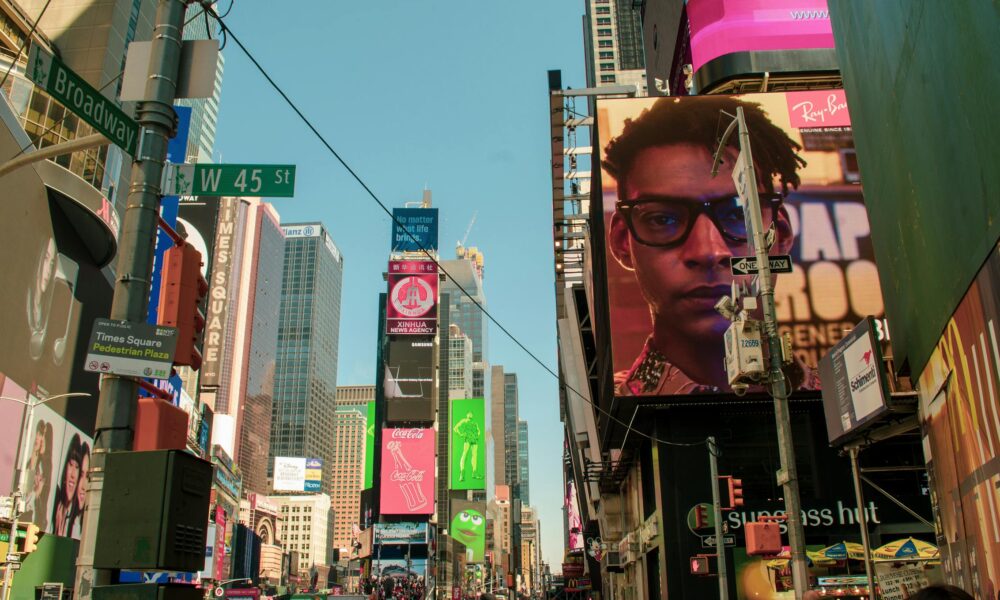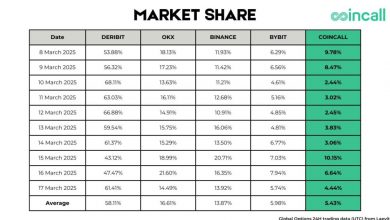How Digital Billboards Blend Modern and Traditional Marketing Tactics

The marketing world keeps changing, but one thing that hasn’t gone out of style is the need to grab attention. You know the drill – your eyes wander during your morning commute, and there it is. A giant, vibrant digital billboard flashing everything from the latest fashion sale to an upcoming concert.
Digital billboards have managed to take the charm of traditional advertising and merge it with modern tech-driven strategies. It’s no wonder they’re everywhere these days, offering businesses big and small an effective way to reach people right where they are.
Think about it: digital billboards in New York City will cost you around $2,500 per month to rent. London’s Piccadilly Circus can set you back by £727 per week. That’s just how popular and in-demand digital billboards are even in this age of digital and social media advertising.
Now, the main question: What makes these digital giants so compelling? The simple answer: It’s the perfect blend of old-school marketing reliability and new-age digital flexibility. But how exactly does this work?
Why Digital Billboards Stand Out in the Marketing World
Globally, the spending on digital channels is rising. Brands end up spending up to 70 percent of their marketing budget on digital channels. Yet, many brands still opt for digital billboard marketing whenever the need and opportunity arise.
That’s because digital billboards can do what traditional print billboards have done for decades but with a modern twist. They still dominate major highways, city intersections, and public spaces, ensuring brands stay visible in the physical world. But instead of static images that sit there, digital billboards come alive with movement, color shifts, and dynamic visuals that are hard to ignore.
That’s the first layer of their uniqueness – they create visual impact in a way printed signs never could.
Another thing that sets digital billboards apart is how versatile they are. Marketers can change ads instantly, run different messages during different times of the day, or adjust content based on weather conditions or live events. This ability to react in real-time keeps campaigns fresh and relevant, something print could never pull off.
Of course, one advertising method that somewhat overshadows digital billboards at times when it comes to uniqueness is aerial billboards. Aerial or flying billboards bring ads into the sky, turning aircraft into moving messages.
There’s something bold about seeing banners trailing behind planes. According to Van Wagner Aerial Media, such aerial billboards allow brands to stand out with high-impact advertising over beaches or during sporting events or musical festivals. Alongside flying billboards, drone-flown banners are also gaining popularity in the US right now.
Of course, flying billboards come with their own set of challenges, from aircraft maintenance to planning routes that maximize exposure. But when it comes to uniqueness and the ability to catch someone off guard, aerial billboards are in a league right alongside digital billboards.
The Blend of Traditional Visibility and Digital Precision
What makes digital billboards so fascinating is how they manage to bridge the gap between the past and the future.
Traditional billboards were all about prime locations and massive reach. They gave brands the power to be seen by thousands, maybe even millions, of people every single day. The catch, though, was that you were stuck with the same message for weeks, sometimes months. If your ad didn’t hit the mark or the weather ruined visibility, tough luck; you were stuck until the next installation.
Digital billboards changed all of that without sacrificing visibility. They’re still located in high-traffic areas, but the messaging isn’t frozen in time anymore. Suddenly, brands can tweak their campaigns on the fly, test out different creative angles, and adjust according to what’s working.
Plus, with data-driven insights, advertisers know exactly who they’re reaching and when. That’s a level of precision that traditional billboards could only dream of.
The Emotional Connection Still Matters
No matter how modern digital billboards get, there’s something about the physical presence of a billboard that still connects with people.
We’re visual creatures, and there’s a certain satisfaction in seeing a beautifully designed ad displayed larger than life. It becomes part of your daily environment, like a landmark you start to associate with that stretch of road or part of the city.
Digital screens might be everywhere – from your phone to your laptop. However, there’s still power in an ad that exists outside the scroll.
Digital billboards, while driven by technology, offer that grounded experience. You can’t swipe past them, you can’t skip them, and you can’t block them. They’re just there, demanding a moment of your attention as you pass by. That’s where the traditional part of the marketing blend comes into play; physical presence still matters.
And while everything else in marketing feels temporary, changing with every scroll or click, a digital billboard feels steady. It reminds people that a brand is established enough to take up space in the real world, not just online.
Frequently Asked Questions (FAQs)
Why do traditional billboards still exist to this day?
Traditional billboards still exist because they offer constant visibility and reach a broad audience, especially in high-traffic areas. They don’t rely on digital devices, making them accessible to everyone. Many brands use them for local marketing and brand reinforcement. Their simplicity and familiarity keep them relevant even today.
Why are digital billboards more sustainable?
Digital billboards are considered more sustainable because they reduce the need for paper, vinyl, and other disposable materials used in traditional billboards. Content updates happen electronically, eliminating printing waste. Energy-efficient LEDs minimize power consumption. Over time, digital billboards produce less physical waste and require fewer resources for maintenance.
What’s the point of aerial billboards or banner ads?
Aerial billboards or banner ads grab attention in crowded places like beaches, festivals, or sports events. Their novelty and movement make people look up, increasing ad visibility. They’re often used for impactful, short-term campaigns or special announcements. The unique placement helps brands stand out from traditional advertising methods.
At the end of the day, digital billboards aren’t just a flashy upgrade to traditional billboards. They’re a whole new way of thinking about public advertising. Their ability to evolve with the times means they’re not going anywhere anytime soon. In fact, they’ll likely get smarter, more interactive, and even more integrated into our everyday lives.
And that’s the real magic of digital billboards: They connect the past and the future of advertising in one glowing, unmissable package.

Source: How Digital Billboards Blend Modern and Traditional Marketing Tactics




